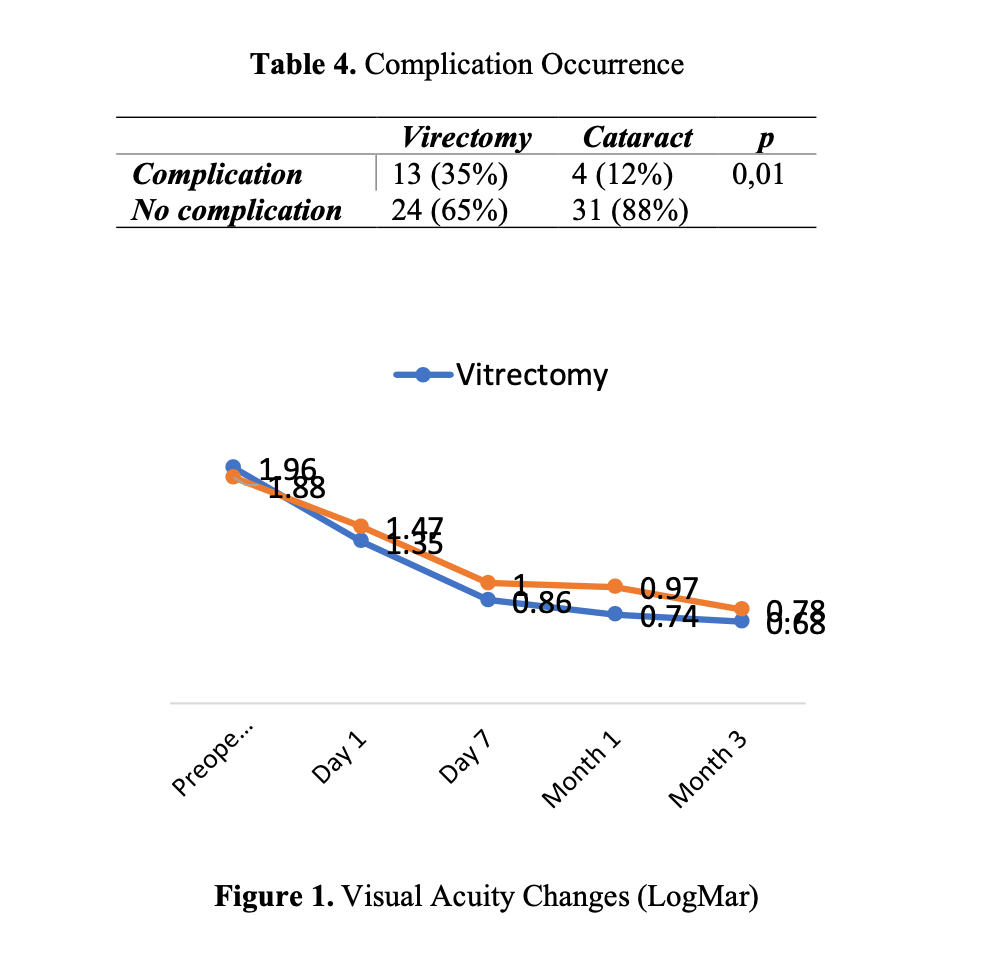An Uneventful Case of Unresolved Suprachoroidal Hemorrhage After Cataract Surgery: When to Operate? Poster Presentation - Case Report - Resident
Abstract
Introduction : Suprachoroidal hemorrhage (SCH) is a rare, but potentially vision-threatening condition. The management options for SCH varied and still debatable.
Case Illustration : Female 54 years old with chief complaint blurry vision of right eye (RE) since four days after she underwent cataract surgery. She also experienced radiating pain from RE with nausea and vomiting. No history of elevated intraocular pressure (IOP) before the surgery. Her left eye was blind for 20 years prior due to an unknown cause. Visual acuity (VA) on presentation was light perception good projection and IOP was 34mmHg. There was 2.5mm hyphema and fibrin on the anterior chamber. Lens appeared to be aphakic and there was lens material at pupillary margin. Ultrasonography (USG) of RE showed choroidal elevation with medium to high spike and positive after movement indicating SCH. She was hospitalised for IOP monitoring and serial USG was performed to monitor the hemorrhage. Six days after admission, IOP remain elevated despite medications and SCH didn’t resolve, then vitrectomy and scleral drainage was performed. Postoperative exam showed improved VA to 0.5/60, IOP to 16mmHg without medication, and reduced suprachoroidal hemorrhage on USG.
Discussion : It’s imperative to perform complete evaluation of ocular and systemic conditions in preoperative period to prevent SCH. Ultrasonography is crucial during the close follow-up after developing SCH, it also aids in the timing of surgical intervention.
Conclusion : Vitrectomy with scleral drainage is a valuable approach in managing extensive SCH, a condition generally associated with poor prognosis.
Full text article
References
(-)
Authors

This work is licensed under a Creative Commons Attribution-NonCommercial-ShareAlike 4.0 International License.


